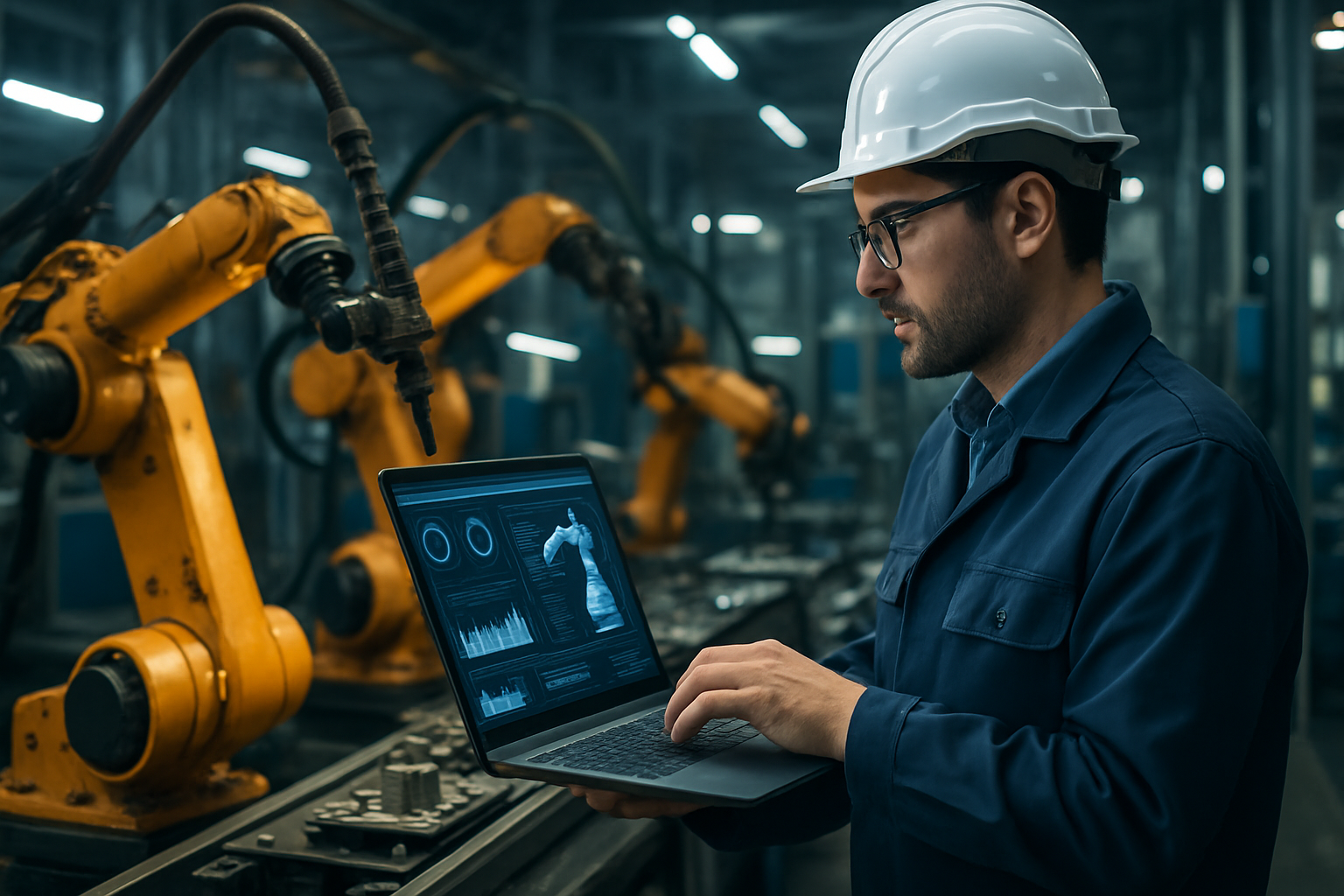"Redefining Industrial Efficiency With Smart Factories"
Introduction: The transition towards smart factories is rapidly reshaping the industrial landscape. This shift is not just a technological change, but a complete transformation of the industrial operations, offering strategic opportunities for businesses willing to adapt.

Historical Context And Key Developments
The concept of smart factories emerged from the fourth industrial revolution, also known as Industry 4.0. The first industrial revolution brought mechanization through water and steam power. The second added electrical energy to mass production, and the third introduced automation through electronics and information technology. Industry 4.0, the current phase of the industrial revolution, is characterized by a fusion of technologies blurring the lines between physical, digital, and biological spheres.
In the past, factories relied on human labor and manual processes. But today’s smart factories are leveraging cutting-edge technologies like cyber-physical systems, the Internet of Things (IoT), and cloud computing. They are creating systems where machines can communicate and cooperate with each other and humans in real-time.
Current Trends And Expert Insights
Smart factories are now a reality, with many industry leaders investing in them. According to a report by Capgemini, smart factories could add $1.5 trillion to the global economy in the next five years. The trend is driven by the need for operational efficiency, increased productivity, and the desire to meet customer demand for high-quality products.
Experts believe that smart factories will be the cornerstone of industrial operations in the future. They argue that this shift is necessary to remain competitive in a global market that prioritizes speed, adaptability, and quality.
Impact, Benefits, And Challenges
Adopting smart factories can revolutionize industrial operations. They offer numerous benefits, including increased productivity, cost savings, improved quality, and enhanced flexibility. Smart factories also have the potential to create a safer work environment by using machines for dangerous tasks.
However, transitioning to a smart factory also comes with challenges. It requires significant investment in technology and infrastructure. There is also a need for skilled workers who can manage and operate advanced technological systems.
Practical Insights For Transitioning To Smart Factories
-
Create a clear roadmap for the transition, outlining the necessary steps and required resources.
-
Invest in training staff to operate and manage new technologies.
-
Establish a robust cybersecurity system to protect against potential threats.
-
Collaborate with technology providers and industry experts for a smooth transition.
In conclusion, smart factories represent a significant shift in industrial operations. While the transition may present challenges, the potential benefits make it a worthwhile investment. By understanding the implications of this shift, businesses can make informed decisions about their future in the industrial sector.





